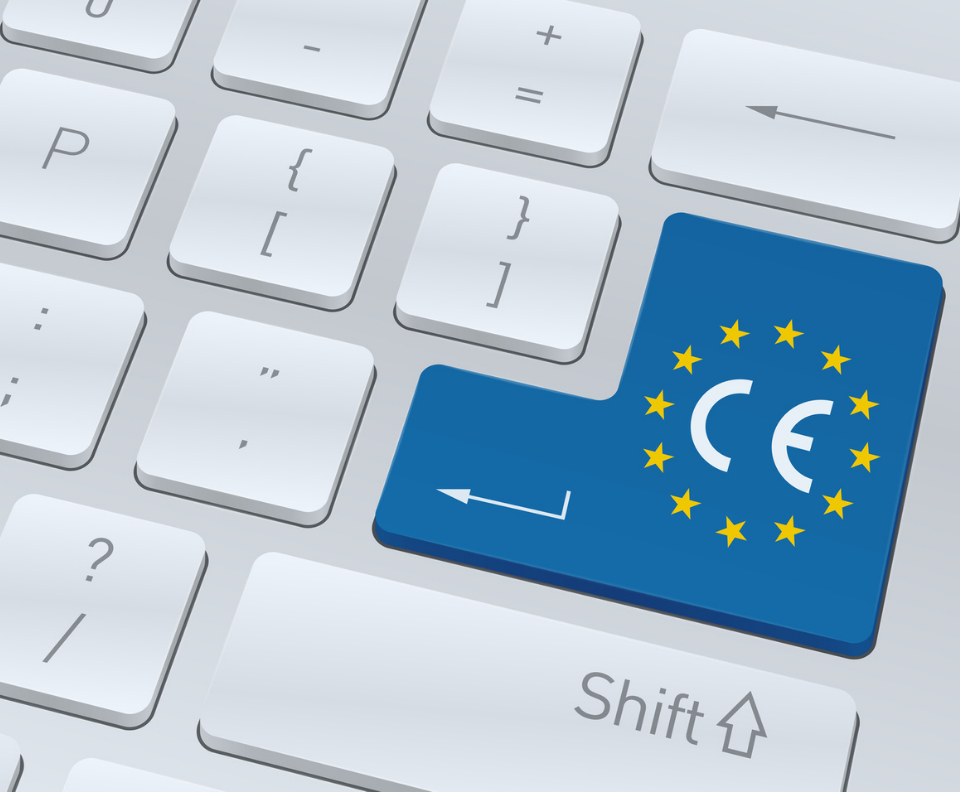The new EU Machinery Regulation is taking more and more shape. In December 2022, another milestone was reached: the European Parliament and the Council of the European Union were able to reach a preliminary agreement on the contents of the new Machinery Regulation. It is to replace the previous Machinery Directive 2006/42/EC in the next few years and take into account technological progress in the areas of digitalisation and AI.
With regard to technical documentation, one innovation in particular catches the eye: for the first time, the topic of digital operating instructions is clearly addressed. Does this herald the end of printed documentation?
We took a closer look at the current version and show you what manufacturers can expect in the future.
What are the reasons for the new Machinery Directive?
Since its publication in 2006, the Machinery Directive has formed the central legal framework for placing machinery onto the EU's internal market. However, the enormous technological advances in areas such as digitalisation, artificial intelligence and collaborative robotics are now presenting the industry with new challenges – especially when it comes to safety issues in these areas. The problem for many machine manufacturers is:
Regulations in their current form are no longer sufficient to comprehensively cover the new risks arising from emerging technologies. This is precisely where the European Commission steps in with the new Machinery Directive.
The declared goal is to resolve inconsistencies with other EU product regulations and close existing regulatory gaps in the current Machinery Directive. From the EU's point of view, the aim is to create an innovation-promoting environment for economic players that's no longer clouded by legal ambiguity.
Why is the Machinery Directive becoming a regulation?
The most striking innovation is that a Directive is now being replaced by the EU legal act of a regulation. What does this mean in concrete terms? The new Machinery Directive will have immediate legal clout when it's published and doesn't have to be transposed into national law by the various national parliaments of the EU member states (and therefore dragged out in a time-consuming process).
The advantage of this is that it ensures uniform and rapid implementation of the new legislation throughout the entire EU. Different national interpretations or delayed implementation of the provisions, as has occurred in some cases during the introduction of the current Machinery Directive, are thus a thing of the past.
From when must the new regulation be applied?
With the agreement between the EU Parliament and the EU Council, an important step has been taken on the way to the entry into force of the new Machinery Regulation. What happens now? The regulation was published in the Official Journal of the European Union in June 2023 and enters into force on 19 July 2023. The new regulation will officially apply from 20 January 2027.

What innovations apply to technical documentation?
The European Commission has also recognised the signs of digital transformation in the area of user information and has finally formulated concrete regulations for technical documentation in digital form.
The authors highlight the following motives for this step in their draft:
- High costs for the creation of paper documentation
- Burdens on the environment
- Administrative burdens for manufacturers
So what does the new regulation actually look like?
Let's start with the positive news: In the present draft, manufacturers are (for the first time) explicitly permitted to make technical documentation available in digital form.
However, anyone who's already abandoned the idea of printed documentation will be sadly disappointed when they read the rest of the regulation. This is because, upon the customer's request, the documentation must be supplied in paper form; free of charge and within one month, in addition to the digital version.
The following specifications are also made for the provision of the softcopy documentation:
- It must appear on the machine and in an accompanying document how the digital instructions can be accessed.
- It must be described which version of the instructions corresponds to the customer's specific machine.
- The digital instructions must be provided in a format that allows the end user to download the document and save it on a terminal device. This ensures that the user can access the operating manual at any time, especially in the event of machine breakdown or lack of internet connection.
This requirement also applies to machines where the instructions are embedded in the machine's software.
Is this a breakthrough for digital technical documentation?
Manufacturers have been waiting a long time for this, and now it's finally here: the first official statement from the EU on the subject of digital operating manuals for machines. But is this really the long-anticipated paradigm shift for the provision of user information?
A certain amount of scepticism sets in when reading the new regulation for the second time. In the back of one's mind remains (above all) the aspect of printed manuals, which must continue to be made available upon the customer's request.
In the area of plant engineering and special machine construction, this regulation shouldn't present manufacturers with too many difficulties, thanks to the small quantities involved. Printing an additional manual for each system does not involve a disproportionate amount of extra work.
The situation is quite different for product families with a large number of serialised machines: Here, it will not be so easy to find a customised solution to the problem, especially since there are often intermediaries between the manufacturer and the end user. It stands to reason that manufacturers will simply add printed manuals to each product, in order to be on the safe side. Will we end up with the same cumbersome manual in over 20 different languages? At least in this scenario, the new regulation wouldn't change much about the current lay of the land and manufacturers would gain precious little.
Another aspect that is likely to be viewed critically from the point of view of documentation suppliers:
The enormous usability potential of digital information products (multimedia, practical search function, context-sensitive access) doesn't appear in the new regulation – at least so far. Instead of emphasising the many ergonomic advantages of digital information use, the question is once again raised only about the pure availability of digital information. In view of the ubiquity of mobile devices and smart app solutions, this approach doesn't appear to be very insightful. The industry would probably have preferred a clearer commitment to the benefits of digital information products.
Despite all the criticism, however, it still must be said (written): With the draft of the new Machinery Directive, the authors explicitly address the subject of digital documentation for the first time and enable manufacturers to break new ground in the provisioning of their product information. This fact alone is evidence of a change in the thinking at the European Commission, and is without doubt a step in the right direction.
For manufacturers and the technical documentation industry, therefore, the new Machinery Directive remains an exciting subject. We at kothes will, of course, keep our eye on future developments and keep you informed in a timely manner.

